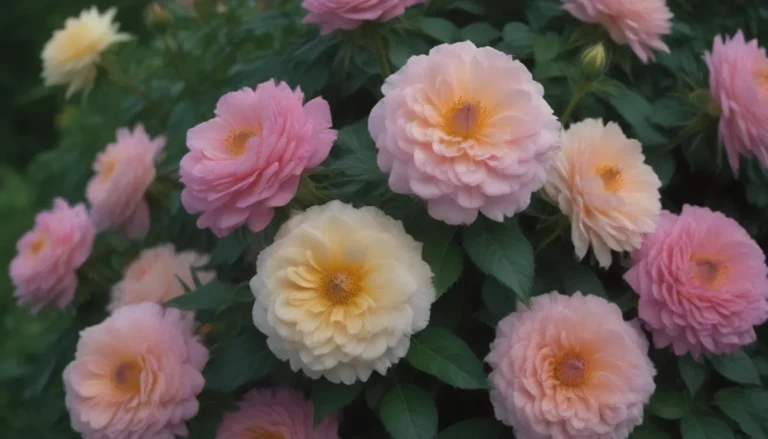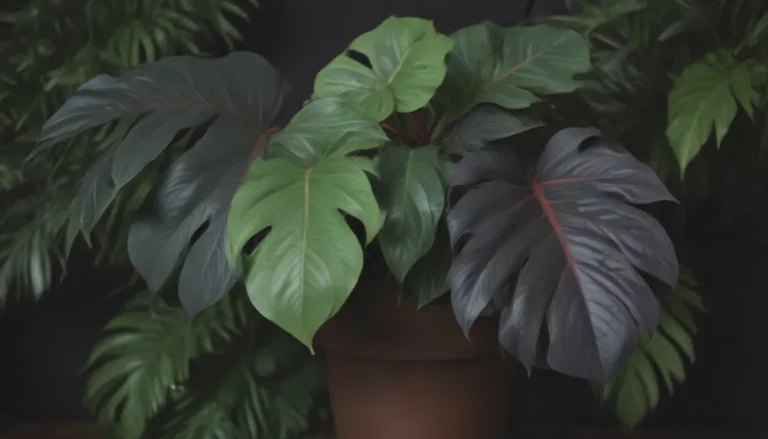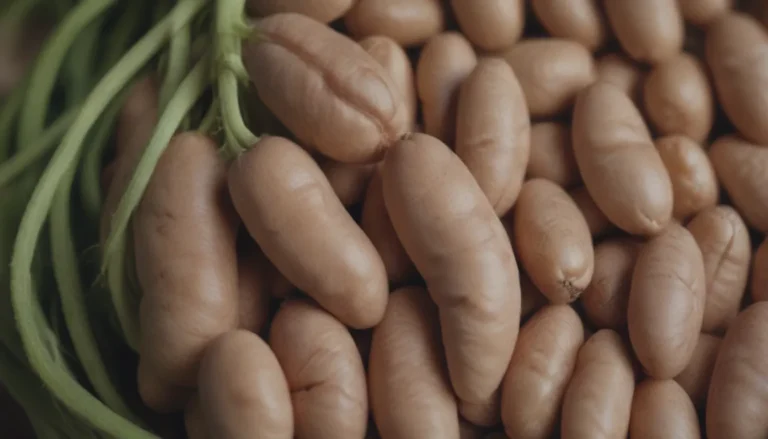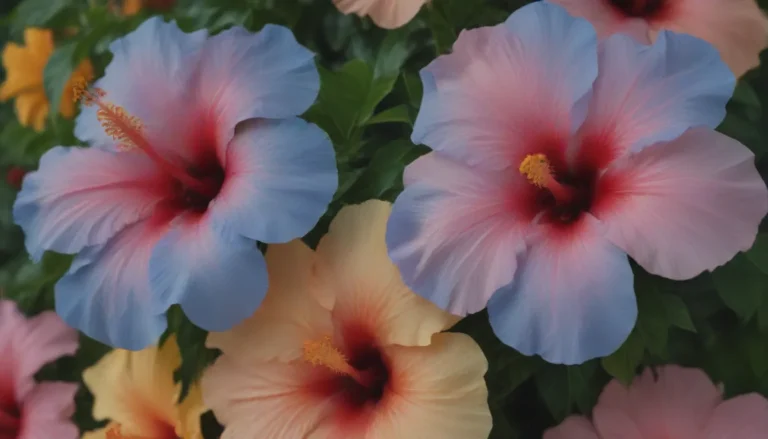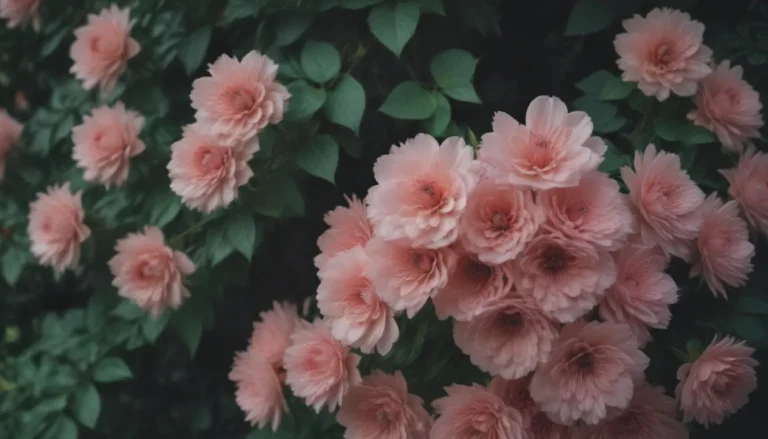How to Prevent and Treat Yellow Monstera Leaves
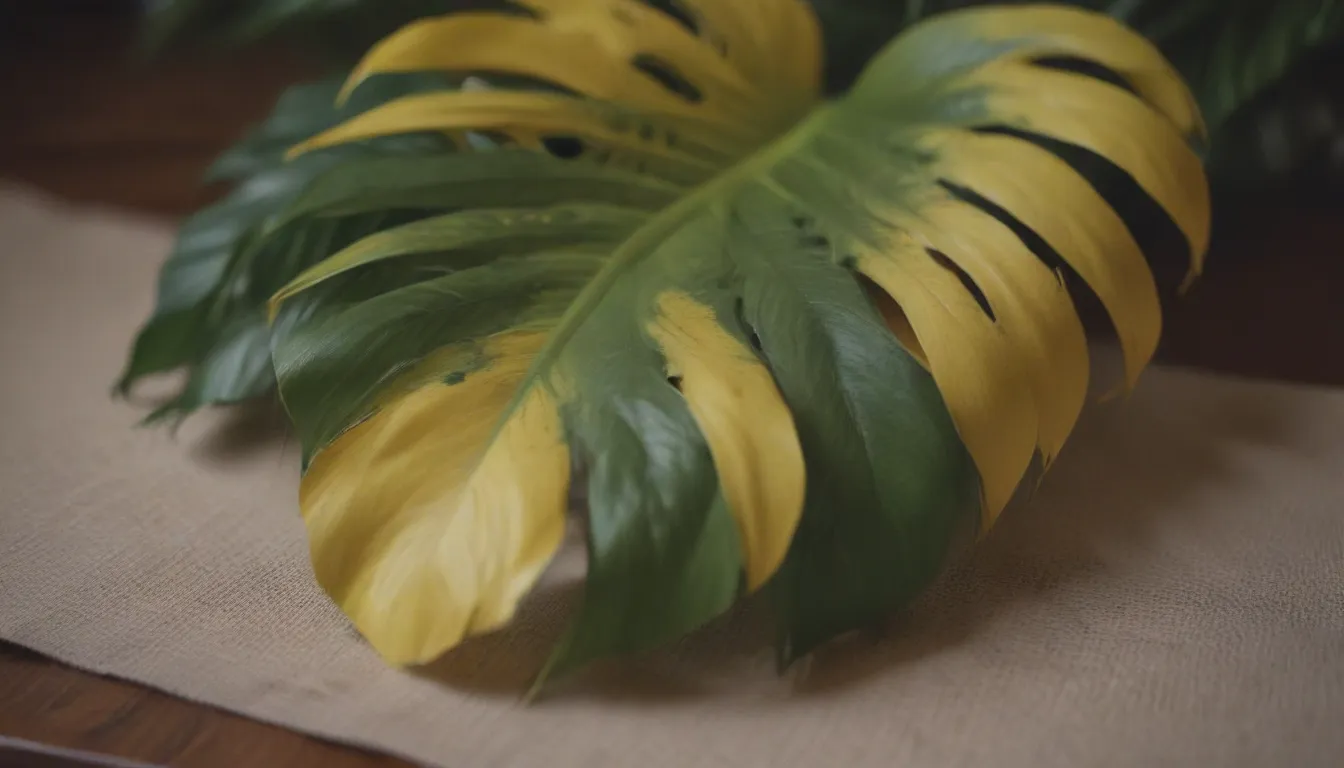
A lush, green Monstera deliciosa can be the star of any plant lover’s houseplant collection. This attractive tropical plant is beloved for its wide, split-edged leaves and ease of care in the right conditions. But if your Monstera’s leaves start turning yellow, something could be wrong with the plant. Note that the occasional yellow leaf on Monstera is normal. As the plant ages, its lower leaves will naturally yellow and drop off. If a yellow leaf here or there bothers you, you can cut away the dying leaf and petiole once it’s more than 50 percent yellow. If the problem is bigger than a single yellow leaf from time to time, you’ll want to address the issue to prevent further damage. The challenge is that several different houseplant problems can cause yellow leaves, so you’ll have to consider the possibilities to figure out how to save the plant.
Causes of Yellow Monstera Leaves
Your Monstera’s leaves could be turning yellow for different reasons, some of which are environmental conditions like temperature, light, and humidity. Here’s why your Monstera leaves could be turning yellow:
- Temperature Too High or Too Low: Monsteras grow best at temperatures between 60 and 85 degrees. They can survive below 60 degrees, but growth will be slowed. Temperatures at or below freezing will kill leaves and damage the plant. Very hot temperatures above 90 degrees can also stress the plant and cause leaves to turn yellow.
- Too Little or Too Much Light: A lack of light means your Monstera can’t photosynthesize enough food. This can cause leaves to turn yellow and drop. Too much light can overwhelm the plant or cause it to take up more water than it needs, which can also cause leaves to die and drop off.
- Low Humidity: Monsteras love humidity. Houseplants in general benefit from 40 to 50 percent humidity, with some growing best in up to 80 percent humidity. But the average home’s humidity is much lower in the winter at about 10 to 20 percent. Lack of humidity can cause your Monstera’s leaves to brown at the edges, then turn yellow and fall off.
- Overwatering or Underwatering: Too much or too little water can turn Monstera leaves yellow. Overwatering damages roots by preventing them from absorbing oxygen, which keeps the plant from getting the water and nutrients it needs. Underwatering can result in a Monstera with yellow leaves that may be limp, dry, or crispy-edged.
- Lack of Nutrients: Have you fertilized your Monstera lately or repotted it with fresh soil in the last couple of years? If the answer is no, lack of nutrients could cause yellow leaves.
- Pot-Bound Roots: If your Monstera’s roots are growing out of the hole in the bottom of the pot, that’s a sign that the plant is potbound. Potbound roots become compacted, meaning they can’t absorb water or nutrients from the soil, which can cause leaves to turn yellow and affect the overall health of your plant.
How to Treat Yellowing Leaves on Monstera
Once you’ve considered the factors above, you can narrow down what’s turning your Monstera’s leaves yellow. Then you can make adjustments that will remedy the problem and help your plant thrive.
- Adjust the Temperature or Humidity: Assess your space and consider whether issues like temperature, humidity, or light could be affecting your Monstera. Use a humidifier to add moisture to the air in your space. If adding a humidifier is not possible, you can group humidity-loving plants together to create a more favorable microclimate. Adjusting the temperature, blocking cold drafts, or relocating your plant can help address temperature issues.
- Water More Often: Underwatering is one of the easiest things to fix. Give the plant a good soaking. If you planted your Monstera in a terra cotta pot, repot it into a plastic or glazed ceramic pot that will hold moisture.
- Water Less Often: If you’ve been watering regularly and your plant’s soil has stayed moist or even soggy, overwatering could be to blame. Stop watering and allow the soil to dry out completely. In extreme cases, you may need to repot in fresh soil, cutting away any dark, soft, damaged roots in the process and watering conservatively until the Monstera perks up again. Ensure that the pot has good drainage and that the plant isn’t sitting in water in its drip tray.
- Repot Your Monstera: A pot-bound Monstera with yellow leaves should be repotted into a container one size larger with fresh soil. If you’ve repotted in the last year or so but haven’t been fertilizing, start fertilizing in early spring with houseplant fertilizer diluted to half strength. Feed your Monstera once per month through summer, always after watering. If you haven’t repotted in a few years, repot the plant with fresh soil and fertilize during the growing season.
Prevention
The best way to prevent Monstera leaves from turning yellow is to give your plant bright indirect light, a temperate climate, high humidity, and consistent watering. Monitor soil moisture regularly rather than watering the same frequency all year round, as your plant will probably need less water during the cold months. Get on a monthly fertilizing schedule during the growing season, then stop fertilizing in fall. Once you’ve adjusted your plant’s conditions, cut away dying leaves so your plant can focus its energy on healthy growth. With proactive care and quick action, a Monstera with yellow leaves can become healthy, lush, and green again.
Sources:
– What Causes My Houseplants Leaves to Turn Yellow or Brown and Drop Off? Iowa State University Extension and Outreach.
– Monstera deliciosa (Ceriman, cutleaf philodendron, hurricane plant, mexican breadfruit, mother-in-law, split-leaf philodendron, swiss cheese plant) North Carolina Extension Gardener Plant Toolbox.
– Monstera Growing in the Florida Home Landscape University of Florida IFAS Extension.
– How can I raise the relative humidity indoors for my houseplants? Iowa State University Extension and Outreach.
